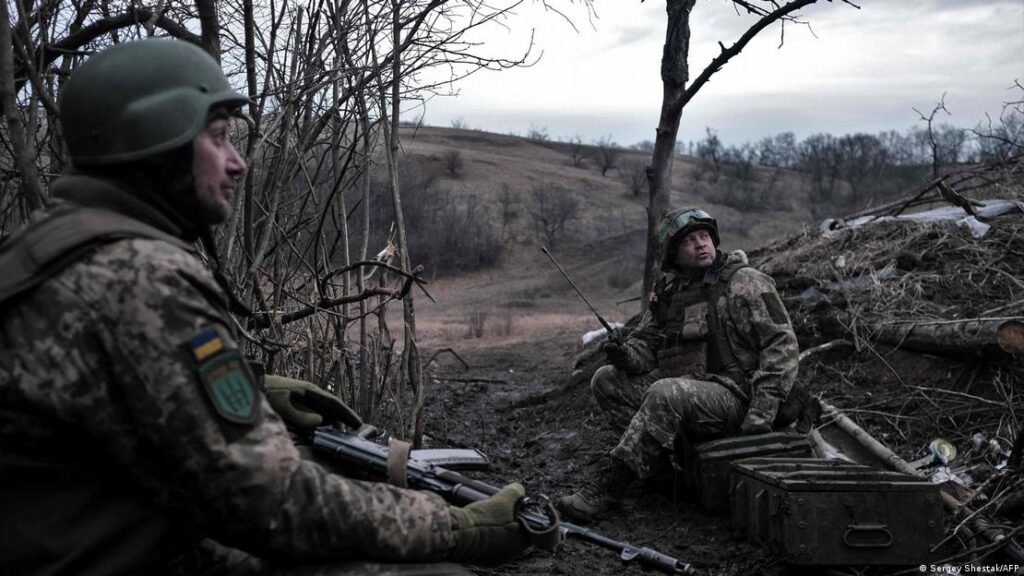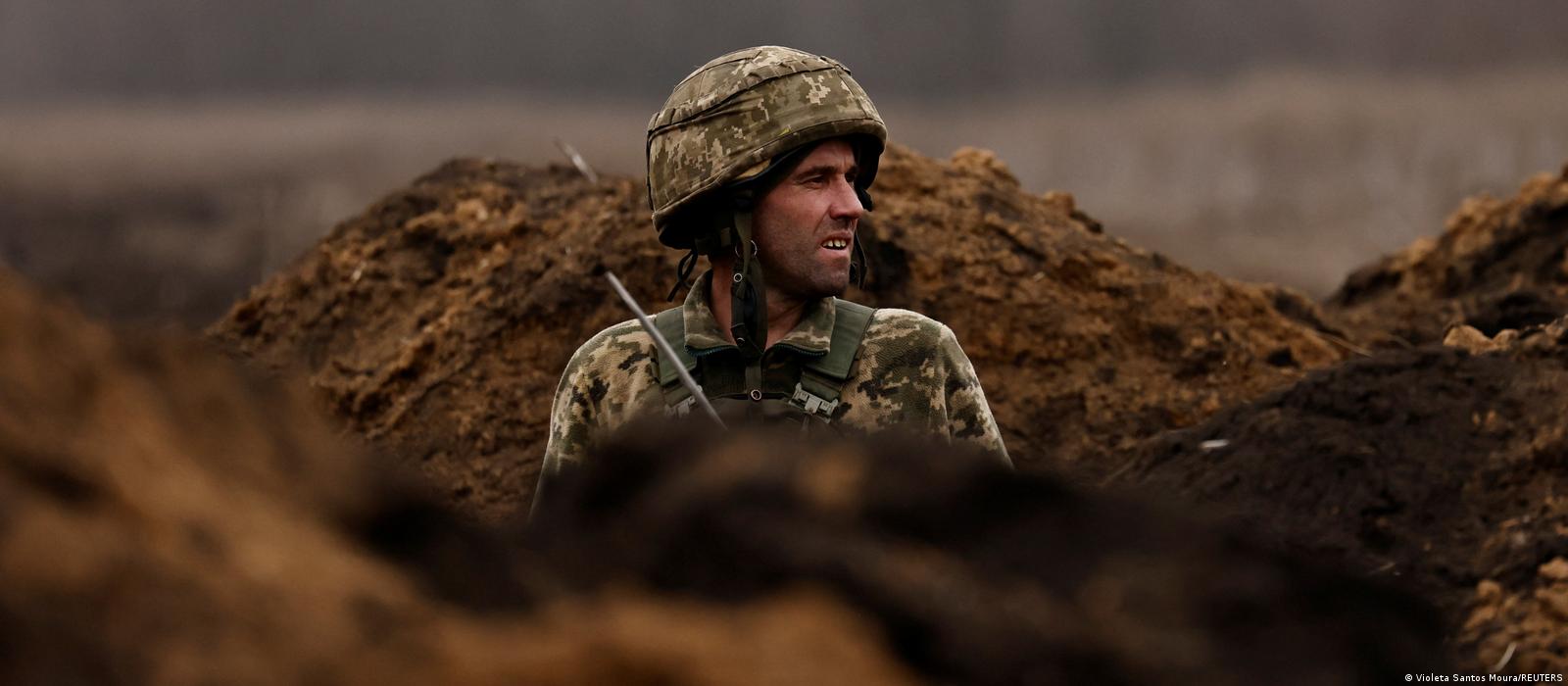War of exhaustion in mud-filled trenches, with little progress and high losses on both sides, makes experts draw comparisons between the two conflicts.
(DW) A long, exhausting battle, often in trenches filled with mud and rainwater. Infantrymen on both sides exchanging fire or throwing grenades, accompanied by heavy artillery fire. And all this with small gains of ground and heavy casualties on both sides.
Many analysts have noted that the current dynamics of the Ukrainian War are increasingly reminiscent of what happened in the First World War, from 1914 to 1918 – and which many people today know from the images shown in the film Nothing New at the Front.
Analysts refer to what in military jargon is known as a war of exhaustion and which also goes by the names war of positions, war of attrition, or war of attrition. Often it is also trench warfare.
Unlike the war of movement, the war of exhaustion takes place in a fixed location, in which the front remains unchanged for a long time, while seeking to impose heavy material and personnel losses on the enemy, to the point of exhaustion and consequent collapse.
The emblematic Battle of Verdun

The best known case of war of exhaustion occurred precisely in World War I, on the Western front, when both sides remained for years in trenches, defending positions, without much progress.
The emblematic battle of the war of exhaustion is the Battle of Verdun, which took place during 1916. Verdun was one of the longest and deadliest battles of the First World War.
The German Chief of Staff, General Erich von Falkenhayn, would say years later that his main objective was not to take Verdun, but to destroy the French military force, although many historians doubt this version.
Bakhmut has high symbolic value

In recent weeks there have been increasing comparisons between Verdun and the battle for the Ukrainian town of Bakhmut in the Donetsk region – also a long and bloody one.
Although the small Ukrainian town, like little Verdun in 1916, is not of great strategic importance, both sides are fighting fiercely for it, at high costs in personnel and material.
The Ukrainian leadership claims that there are seven Russians killed for every Ukrainian killed in the battle. NATO experts estimate the ratio to be 5 to 1.
The Ukrainians have been defending Bakhmut since the European summer of last year. The most recent reports are that the Russians are advancing, albeit very slowly.
Like Verdun, Bakhmut is increasingly becoming a symbol – for both sides.
For the Ukrainians, Bakhmut is a symbol of resistance, a demonstration that it is possible to contain and defeat the Russians. For the Russians, taking Bakhmut would be the first noteworthy victory since taking Lysychansk in July 2022.
And because of the months of battle and bombing, the front in Bakhmut also resembles the war-torn landscape of Verdun in World War I, with buildings destroyed, trees reduced to trunks, and trenches filled with mud.
Not everything is similar

But if the dynamics on the ground resemble what happened more than a hundred years ago, the proportions are different. Recent estimates indicate that Ukrainian forces use less than 10,000 artillery shells per day, and the Russian military, a few tens of thousands. In World War I the daily total could exceed 1 million.
Also the military contingents involved in the Ukrainian War are much smaller than in World War I, and the losses, although high on both sides, do not even come close to 9 million military dead – not to mention an equivalent number of civilians.
In an interview with DW, Australian historian Christopher Clark, author of The Sleepwalkers: How Europe went to war in 1914, also rejected a comparison with the beginning of World War I. He recalls that in 1914, Europe went to war in 1914, but the war was not a war of its own. He recalls that in 1914 the conflict did not begin with a frontal attack by one country on another, but with the assassination of Archduke Franz Ferdinand, heir to the throne of the Austro-Hungarian Empire.
For him, the beginning of the Ukraine War has parallels to the 19th century, or how Tsar Nicholas 1st, in 1848, justified his intention to invade and occupy Wallachia, in present-day Romania. “I think Vladimir Putin views Ukraine as [Russia’s] territory,” he noted. “We are back in the world of the 19th century and not the world in 1914.”
